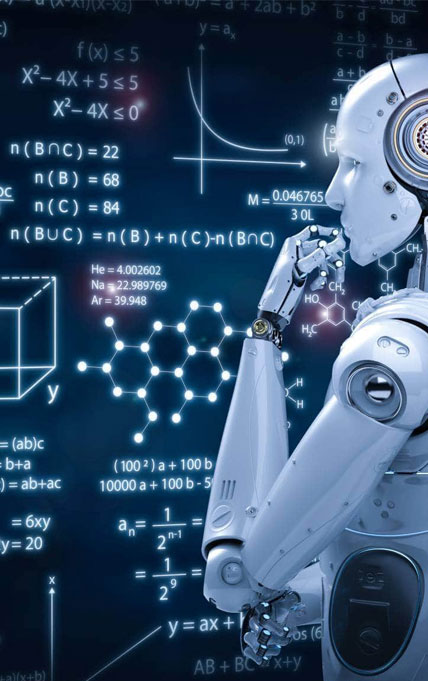SCIENTIFIC VALIDATION
How does it work?
Let's dive in.
Take your business to the next level with NEUROFY
Let's dive in.
Thanks to the culmination of years of research and experience in the fields of Consumer Neuroscience and AI, we've been able to develop our own unique neural net that can predict visual salience (attention) with a remarkable accuracy of 95% relative to traditional eye tracking.
The attention prediction produced by attention ai is ... read more




